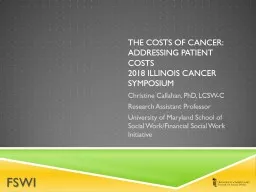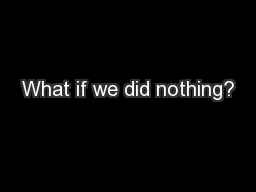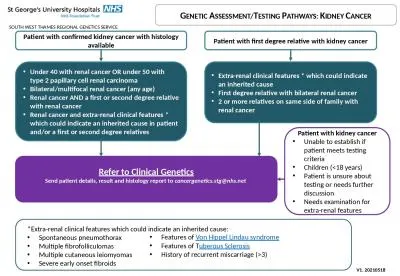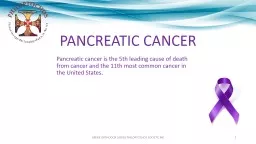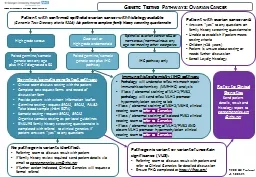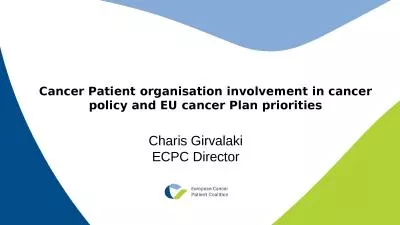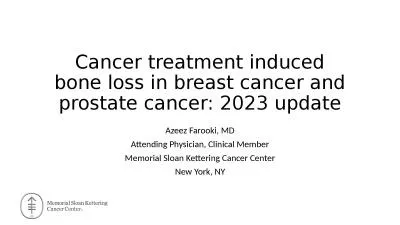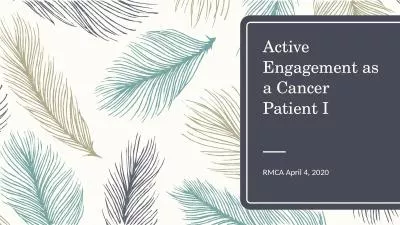PPT-the costs of cancer: addressing patient costs
Author : calandra-battersby | Published Date : 2019-03-03
2018 Illinois cancer symposium Christine Callahan PhD LCSWC Research Assistant Professor University of Maryland School of Social WorkFinancial Social Work Initiative
Presentation Embed Code
Download Presentation
Download Presentation The PPT/PDF document "the costs of cancer: addressing patient..." is the property of its rightful owner. Permission is granted to download and print the materials on this website for personal, non-commercial use only, and to display it on your personal computer provided you do not modify the materials and that you retain all copyright notices contained in the materials. By downloading content from our website, you accept the terms of this agreement.
the costs of cancer: addressing patient costs: Transcript
Download Rules Of Document
"the costs of cancer: addressing patient costs"The content belongs to its owner. You may download and print it for personal use, without modification, and keep all copyright notices. By downloading, you agree to these terms.
Related Documents

